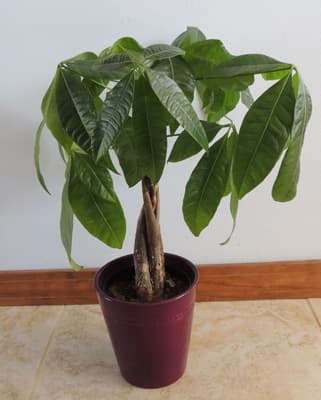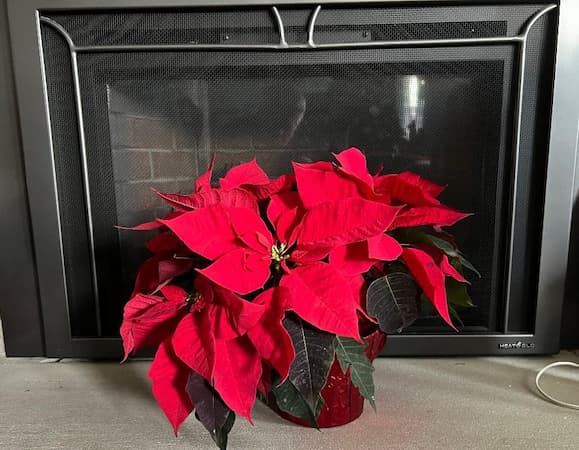Houseplant Leaf Drop

About Houseplant Leaf Drop
As the weather cools in the Fall, it’s time to take our houseplants inside for the winter. This needs to be done before the first frost. When bringing plants indoors in the Fall, one of the most common houseplant problems is houseplant leaf drop. The cause of leaf drop is easy to determine. Your houseplant has enjoyed a season of full sunlight and warm temperatures. Houseplant leaf drop is normal when you bring plants indoors. It’s nature’s way of helping the plant to adjust to the sudden change in the climate. With less sunlight and cooler temperatures, your plant cannot support the same number of leaves that it could outdoors in the summer.
If your houseplant is dropping a lot of leaves, don’t panic. After a few weeks, it will stop. Then, new leaves will begin to slowly appear.
There is a way to minimize plant leaf drop. It is a process of conditioning a plant slowly to the indoor environment.
Important Note: While houseplant leaf drop is most common in the fall, it can happen at any time that the plant is stressed. The causes can be environmental, or some other form of plant stress.

How to Minimize Houseplant Leaf Drop
Recognizing that the cause of leaf drop is the sudden change of available light along with cooler dry conditions. Here is how to minimize or even eliminate its occurrence:
Plan a transition period for your houseplants. If they are in the ground, dig them up and transplant them into containers. A slow transition to an indoor environment helps to reduce leaf drop.
Provide increasing amounts of shade. Move containers into a shaded area for longer periods each day. Do this over at least two to three weeks, if possible.
Allow the soil to be drier than it experienced over the summer. Indoors, the soil in the containers will normally be drier than what the plants experienced outdoors. Your goal is to make the soil a little drier. However, do not let it dry out completely. If the plant continues to lose leaves, and shows signs of wilting, give it a good drink.
Hold off adding fertilizer during the transition period. The intent is not to starve the plant. Rather, it’s to encourage and train the plant to slow down growth that it is unable to support indoors.
After moving the plant indoors, put it in a sunny room. Apply a light solution of liquid fertilizer. Better still, use houseplant fertilizer spikes, for long-term feeding.
Your plant may still experience leaf drop, but the transition you provided, will help to minimize or even eliminate this problem.
Related Articles
Also, people who read this article will like:
Please support our site. Shop for:
- rmmatthews100@hotmail.com
- 585-721-6528
- Rochester, NY
©1999-2024 GardenersNet.Com, All Rights Reserved

